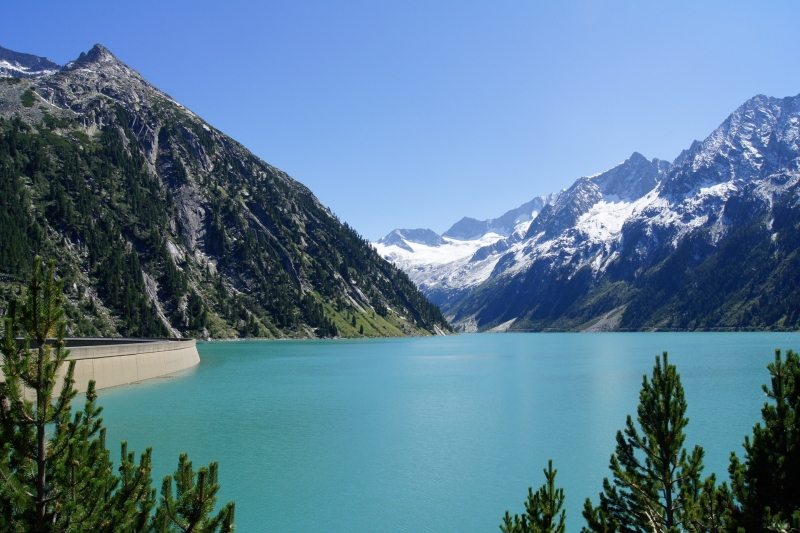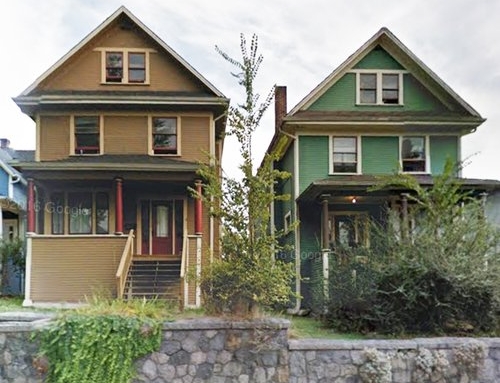John Hogan is expected to become the Premier of BC later this month when he aligns himself with the Green Party. One of the promises, if the NDP won, was to review the Site C dam and possibly shut it down.
Some First Nations, people who have been evicted, and those living near Site C will be happy if Hogan eventually cancels the project. The dam will be the third on the Peace River, flooding an 83-kilometer stretch of valley.
However, the cancellation of the dam, already under construction, will come at a considerable cost. It will mean the loss of about 10,000 hours of direct employment during construction and approximately 33,000 hours of indirect employment through all stages of development and construction. The construction of Site C, if it is completed, will result in an increase of $3.2 billion to BCs GDP including a $130 million increase in regional GDP during construction.
Hydro says it has spent $1.75-billion on the project already, and has signed additional contracts that can only be cancelled with penalties which can also lead to lawsuits from existing contractors.
Total capital costs for the project are estimated to be $8.8 billion, the largest in British Columbian history. The Site C dam will provide 1,100 megawatts of electricity with no greenhouse gas emissions and produce about 5,100 gigawatts each year for the next hundred years. That’s enough power for 450,000 homes.
More electricity will be needed to heat homes as BC gradually moves away from fossil fuels. Also, while the move to electric cars is gradual, demand is expected to pick up in the next few years and so BC will have to somehow provide the extra power.
While there are existing solar and wind energy projects in BC, and plans to build more, these are intermittent sources of power and can’t be counted on for a major power source to carry us into the future.
To date, BC Hydro has engaged about 60 Aboriginal groups for consultations about Site C and other environmental and land-use assessments and has provided over $14 million in funding.
Hydro released figures showing an estimated $630-million in additional costs as a result of such a delay – a figure that both the NDP and Green Party promptly dismissed. Regardless of the actual figure, there will be fallout and an economic impact if the project is delayed or cancelled.
In 2014, a federal-provincial joint review panel concluded that British Columbia will need more power, and that the Site C dam appears to be the most economical solution with the smallest output of greenhouse-gas emissions.
However, the panel could not measure the true cost of the project nor whether B.C. will immediately need all the power it would produce. If not, there is the option to sell the extra power to Alberta.












